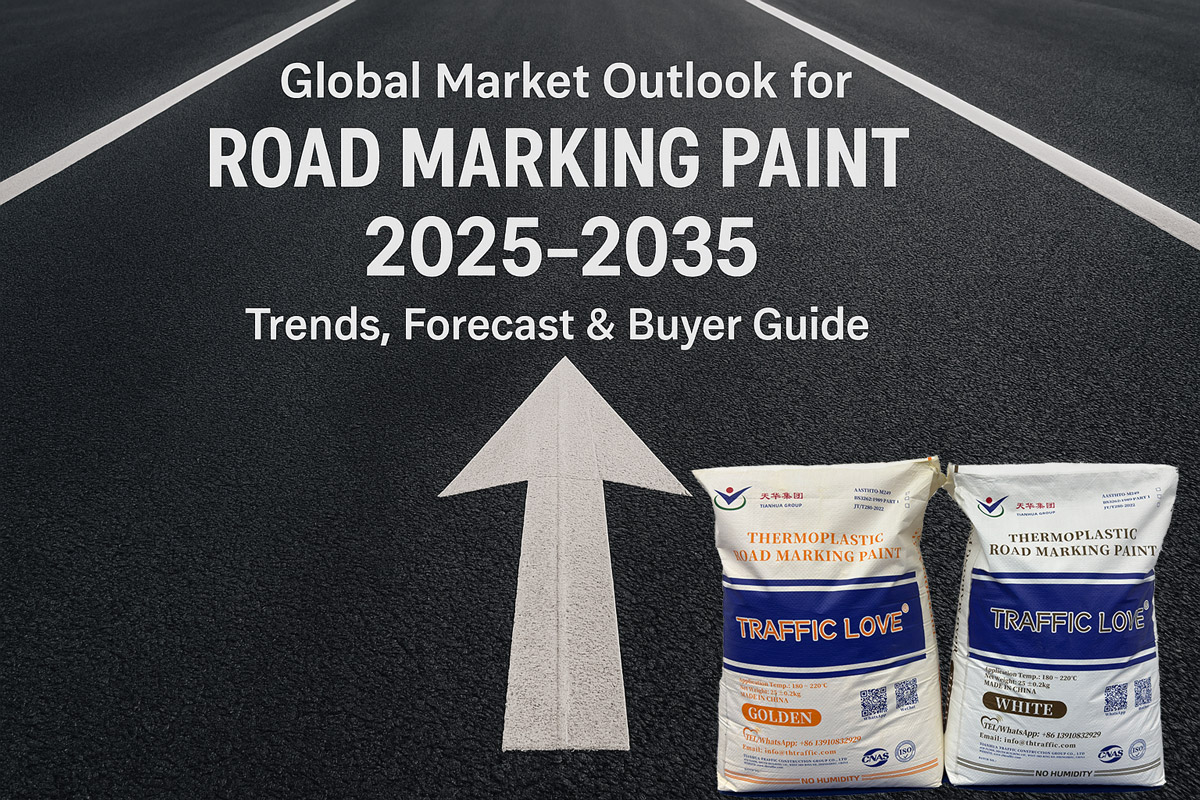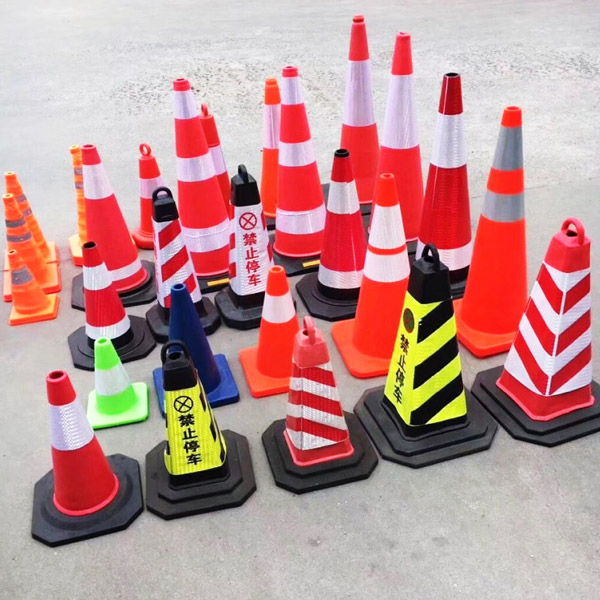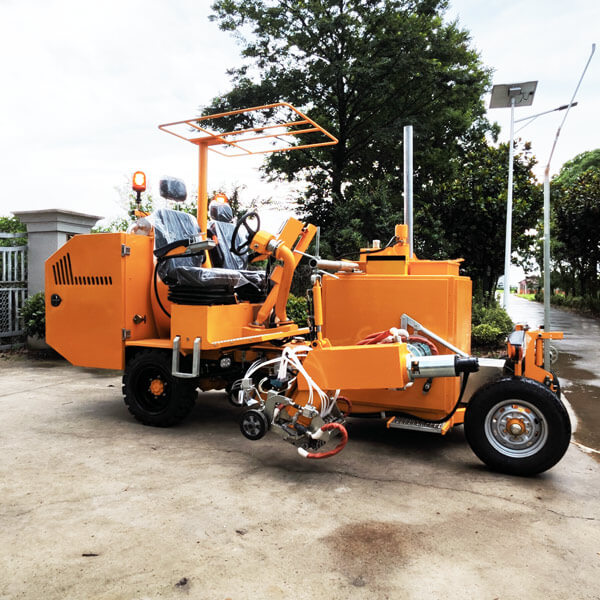Global Market Outlook for Road Marking Paint 2025–2035 | Trends, Forecast & Buyer Guide
Executive summary: The global road marking paint and materials market is entering a steady-growth phase driven by infrastructure investments, stricter road-safety regulation, and technology adoption (high-performance thermoplastics, MMA, reflective systems, and smart/solar markers). Multiple industry reports estimate the market will expand meaningfully from 2025 through 2035, with projected market values and CAGRs varying by methodology (see sources cited below).
Key market numbers (consensus view)
Different research houses use different scopes (materials only; paints + performance systems; coatings vs full marking systems). To give you an actionable range, here are five representative, recent estimates:
- Future Market Insights projects the road marking paints & coatings market will grow from about USD 3.0 billion in 2025 to USD 4.6 billion by 2035 (CAGR ≈ 4.3%).
- Fortune Business Insights estimates the traffic road marking coatings market at approximately USD 7.18 billion in 2024, reaching USD 9.78 billion by 2032 (CAGR ≈ 3.9%).
- Grand View Research reports a 2023 market base (~USD 5.5 billion) and projects growth to around USD 8.3 billion by 2030 (CAGR ≈ 6.2% for 2024–2030).
- Mordor / Markets & Markets-style estimates place the market in the USD 6–8 billion band for the mid-2020s, reflecting a CAGR generally in the 3–6% range depending on segment definition.
- Fact.MR provides a higher scenario (wider scope including materials & systems), estimating ~USD 8.3 billion in 2025 and projecting substantial expansion by 2035 under a higher-growth case.
Takeaway for buyers: Expect the total addressable market for road marking materials and related coatings/systems to be in the low-to-mid single-digit billions (USD) in 2025, with steady mid-single-digit CAGR (≈3–6%) through 2030 and into the 2030s. Use the range above to stress test procurement forecasts for 3–10 year tender pipelines.
Why the market will grow (primary drivers)
- Public infrastructure stimulus & maintenance programs. Large stimulus packages and ongoing highway upgrades in North America, China, India, and the EU are increasing demand for durable marking materials. (Examples include renewed highway programs and airport upgrades.)
- Stricter road safety regulations. Many countries are raising minimum retroreflectivity and skid-resistance standards, pushing buyers from cheap paints to certified thermoplastics and 2-component systems.
- Urbanization & smart mobility. More urban lanes, bike paths, and AV-ready lane guidance drive adoption of high-reflectivity markings, durable thermoplastics, and integrated reflective/solar systems.
- Technology shift to performance materials. Thermoplastic, MMA (cold plastic), and epoxy/2K systems that deliver longer life and better retroreflectivity are displacing low-cost waterborne and solvent paints in many high-value applications.
- Sustainability & VOC regulation. Growing emphasis on low-VOC, waterborne and environmentally acceptable systems (particularly in Europe and parts of North America) influences material mix and supplier selection.
Segment trends: materials & applications
Key product segments and their outlook:
| Thermoplastic (hot-melt) | Highest volume in highways & airports; favored for durability and bead integration. Expected continued share growth in high-traffic corridors. |
| MMA (cold plastic, 2-component) | Premium segment — faster cure, superior abrasion resistance for airports, intersections; higher unit price but longer life. |
| Water-based paints | Lower-cost, used for parking lots and short-life applications; growth constrained where durability is prioritized. |
| Reflective additives & glass beads | Critical for retroreflectivity — demand scales with thermoplastic growth; higher-index beads and structured beads command premium. |
| Smart/solar markers & RPMs | Fastest-growing adjacent category — integrates with IoT, highly relevant for safety projects and smart highways. |
Regional outlook — where to prioritize business development
- Asia-Pacific: Largest demand engine (China, India, Southeast Asia). Rapid infrastructure buildout and resurfacing programs make APAC the primary market.
- North America: Stable, high-value market with strong specs (DOT standards), ongoing Interstates and airport investments.
- Europe: High regulatory bar (environmental and performance), strong uptake of low-VOC and high-performance materials.
- Middle East & Africa: Project-driven demand (ports, airports, highways); price sensitivity exists but large tenders welcome factory direct suppliers.
Key market risks & headwinds
- Raw material volatility: TiO₂, resins and hydrocarbon feedstock price swings can materially affect margins.
- Trade & logistics constraints: Container rates, port congestion and duties can change landed cost dynamics rapidly.
- Substitution risk: Low-cost local blends or counterfeit products in some markets can erode value and reputation.
- Regulatory shifts: Sudden VOC or chemical restrictions in certain countries can accelerate transitions and disrupt supply chains.
Competitive landscape — who wins
Global winners will be companies that combine:
- Certifiable product performance (AASHTO, BS, EN testing)
- Cost-competitive manufacturing and supply chain (factory-direct exporters)
- Technical service & training (on-site QC, bead strategy, equipment compatibility)
- Product breadth (thermoplastic, MMA, waterborne, reflective additives)
Examples of major players frequently referenced across reports: Swarco, Geveko Markings, Ennis-Flint (PPG), Hempel, Asian Paints/PPG, and several large Chinese manufacturers (factory exporters for thermoplastic and beads).
What this means for buyers & distributors (practical guidance)
- Bid smarter — specify lifecycle cost, not just unit price. Specify target DFT, RL (retroreflectivity) targets, and acceptance by consumption formula. This avoids low-price, short-life paint wins followed by costly rework.
- Require test documentation. Ask for TDS, COA, independent RL and skid tests (third-party labs) and sample panel trials under local conditions.
- Leverage OEM supply for margins. Distributors can demand OEM/private label at factory direct prices to protect margin and offer local branding in tenders.
- Plan logistics & inventory for seasonality. Many markets have wet seasons; secure stock ahead of the paving window to avoid urgent expensive shipments.
- Consider integrated offers. Suppliers that provide paint + glass beads + application training reduce execution risk and are preferred by public tenders.
Opportunities for manufacturers (go-to-market playbook)
- Target APAC and Africa tender clusters with tailored tropical / arid formulations (marketing proof points: field trials, longevity data).
- Bundle offerings: paint + premix beads + retroreflectometer + thickness gauges = lower procurement friction.
- Offer flexible commercial terms for selected distributors: sample programs, credit lines, regional exclusivity and technical training.
- Invest in sustainability R&D — low-VOC and recyclable packaging will help access premium public contracts in Europe & North America.
The Competitive Advantage of Chinese Manufacturers

- Compared with suppliers from India, Malaysia, or Europe, Chinese manufacturers—led by TIANHUA Traffic—offer:
- Factory price advantage (15–30% lower than local market prices)
- Stable quality control under ISO 9001 and CE certification
- Flexible payment terms: “Ship first, pay later” options for verified distributors
- OEM & ODM support: Custom colors, melting points, and packaging for each market
- Fast delivery from ports like Tianjin, Qingdao, and Shanghai
Forecast summary table (practical scenarios)
| Scenario | 2025 Market (USD, approx.) | 2035 Market (USD, approx.) | Indicative CAGR |
| Conservative (Fortune/GrandView blend) | ~7.0 billion | ~9.8 billion (by 2032) | ~3.9% (mid single digit) |
| Mid (Future Market Insights) | ~3.0 billion (certain scope) | ~4.6 billion | ~4.3% |
| Optimistic (Fact.MR / high-scope) | ~8.0+ billion | ~15+ billion (wide scope) | ~6%+ |
Note: use the scenario that matches your business scope (materials-only vs. full systems + services). Always cite the underlying report when presenting numbers in tenders.
References & suggested readings
- Future Market Insights — Road Marking Paints & Coatings Market Forecast 2025–2035.
- Fortune Business Insights — Traffic Road Marking Coatings Market (2024–2032).
- Grand View Research — Traffic Road Marking Coatings Market Analysis & Forecast (2023–2030).
- Mordor Intelligence — Road Marking Materials Market overview.
- Fact.MR — Road Marking Paints and Materials Market (2035 outlook).







